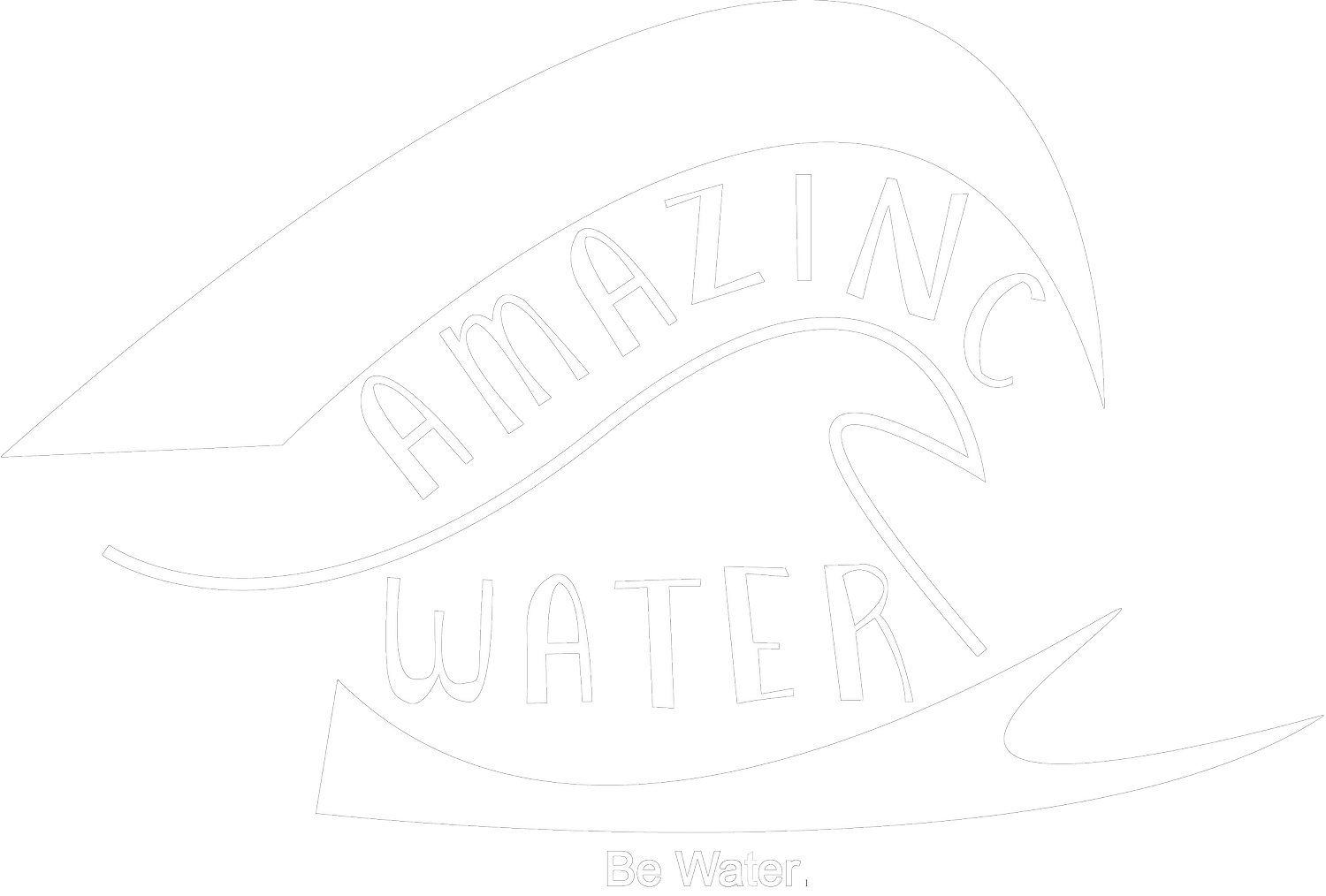Why is Commercial Food Contaminated?
Our civilization has come a long way when it comes to hygiene, especially food. The world started to incorporate tight and strict standards for food manufacturing and even promote safety measures to avoid food contamination, which is the leading cause of diseases in the past.
However, despite technological improvements, we are still affected by food contamination, causing cancer, food poisoning, and other health-related issues. Because of this, food contamination has been recognized by the World Health Organization as a global problem today.
Illnesses nowadays, such as E.coli outbreak, are caused by the food that we eat. So, if you don’t want to get affected by viruses, it’s time for you to know why our food is contaminated.
Physical Contamination
It happens when physical items such as hair, glass, nails, and other foreign objects are present in the food. Physical objects can contribute to biological contaminants as it might contain bacteria or viruses that can attach to the food. Physical contamination can be acquired from:
Food packaging can be exposed to physical items such as wood, glass, strings, or cardboard when it is not handled properly.
Food handling – This happens during food processing to distributing the food to outlets. If the food handlers do not wear Personal Protective Equipment (PPE) or follow hygiene procedures, they can contaminate by leaving a chipped fingernail or a hair stuck in the food.
Chemical Contamination
It occurs when food is in contact with toxic chemicals, leading to food poisoning. According to World Health Organization (WHO), chemicals can be found in:
Naturally occurring toxins found in poisonous mushrooms, corn or cereals. If a person has long-term exposure to it, it can weaken his immune system, leading to cancer.
Persistent organic pollutants (POPs) are compounds that reside in our environment and the human body. This can be acquired during food production where easily contaminated elements such as water and soil come in contact with the food.
Pollution can affect food, especially in air, water, and soil. It can produce heavy metals such as lead, cadmium, and mercury that can cause kidney damage.
On the other hand, artificial chemicals such as cleaning products, preservatives, pesticides, and herbicides can also contaminate food, leading to health risks.
Cross-Contamination
Cross-contamination is the result of improper food handling, which can transfer contaminants from one object, person, or food to another. It includes:
Improper food handling techniques such as reusing utensils for raw food and cooked food
Improper sanitation – if a cutting board is not rinsed correctly after cleaning it with a detergent, it can transfer to the food about to be cut.
Improper food storage – placing raw food on top of fresh produce such as vegetables, root crops and ready to eat foods.
Biological Contamination
It happens when the food becomes contaminated by bacteria, virus or a mould such as norovirus, E.coli, salmonella, listeria and Campylobacter. These microorganisms called pathogens get into food and multiply within a specific time. As a result, it can cause food poisoning and food-borne illnesses.
So let’s take a look at how this contamination happens:
Food Production - This is where the food grows until it is ready for harvest, regardless if it is fruits, vegetables, or meat. For example, if the water used for irrigation to grow the fruits and vegetables is dirty, it can contaminate the food with germs and unknown bacteria.
Environment – This is especially true for all kinds of food. If the ocean is already filled with waste, it can contaminate the fish, oysters, shellfish and other sea foods.
Pests or insects – If the food production area is not clean, pests such as flies and rats can infest the area, exposing the food to these elements. Harmful bacteria brought by these pests can spread in the food.
Food storage – when fresh meats are not stored in a cold environment, bacteria and mould can multiply quickly.
Conclusion
Contamination can occur at any time, and it can happen at any stage of the food journey – from the production to distribution and during food preparation. The problem with contamination is that you cannot see it easily unless you have experienced symptoms such as nausea or vomiting. Avoid contamination is somewhat impossible because a lot of factors can come into play. Instead, practice sanitizing your food, utensils, and your hands to avoid the proliferation of bacteria.



